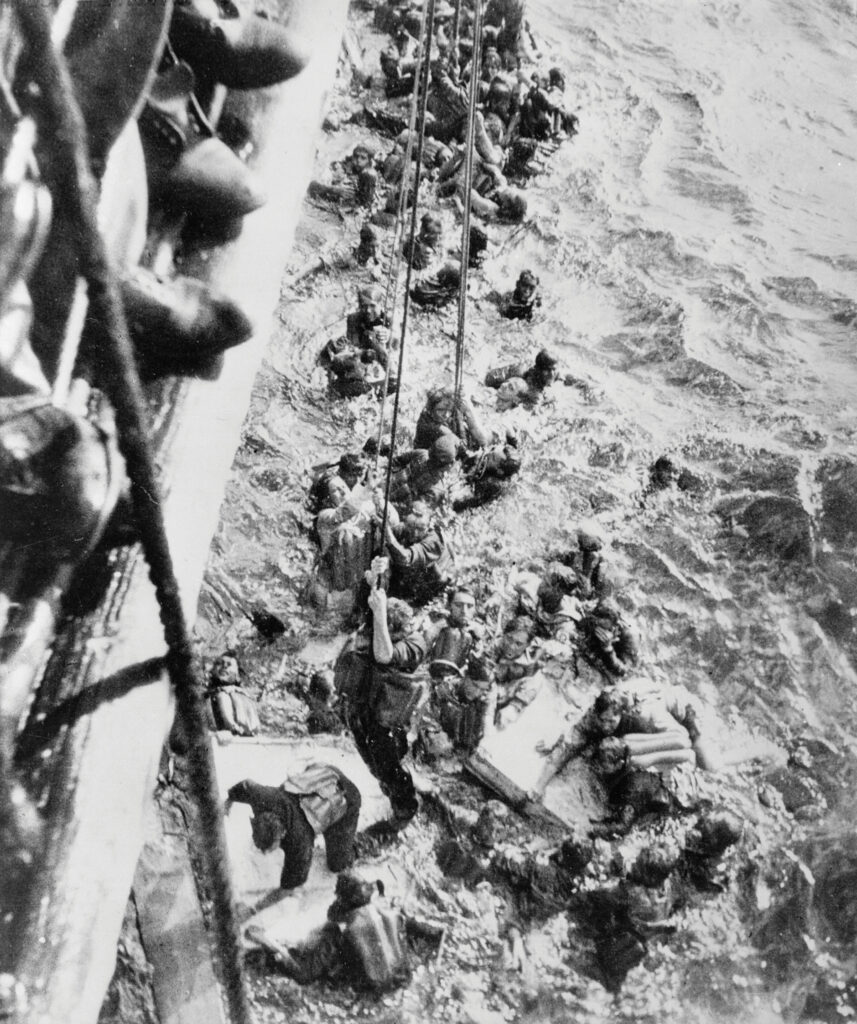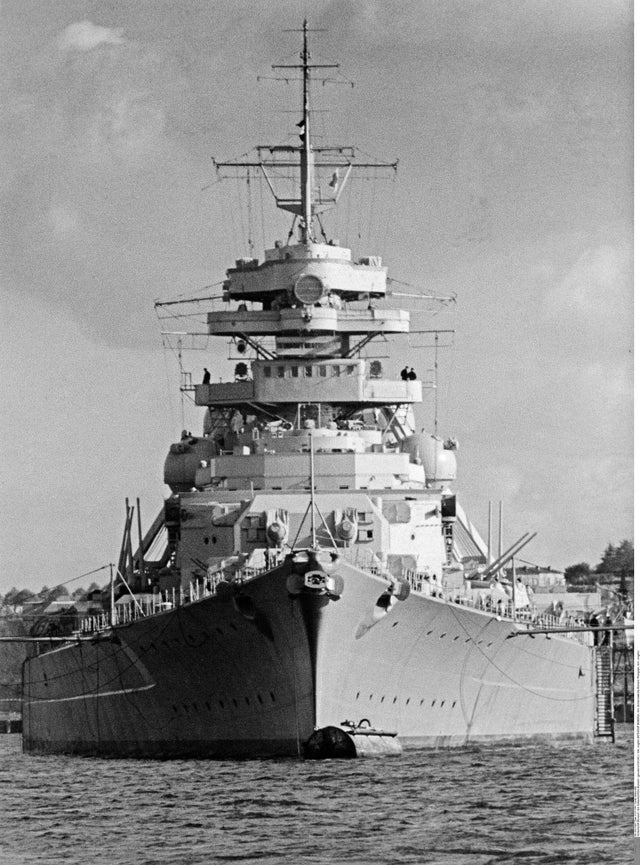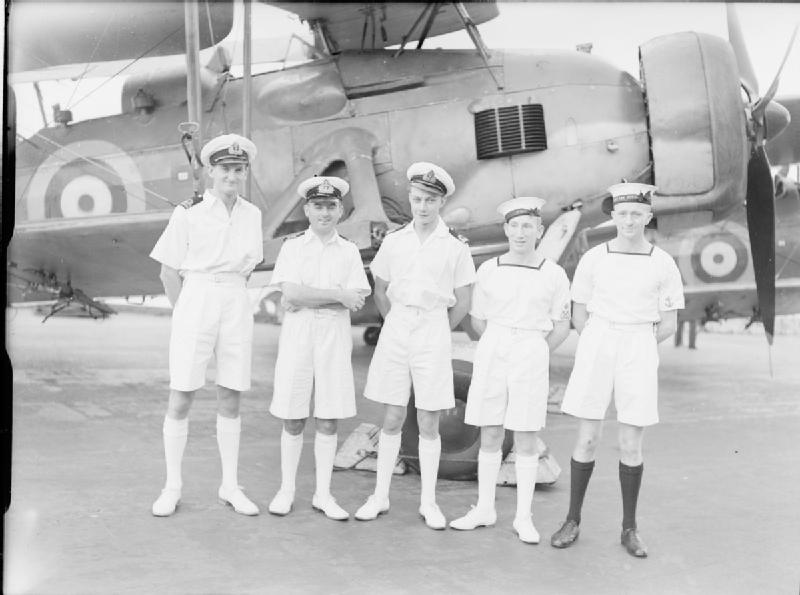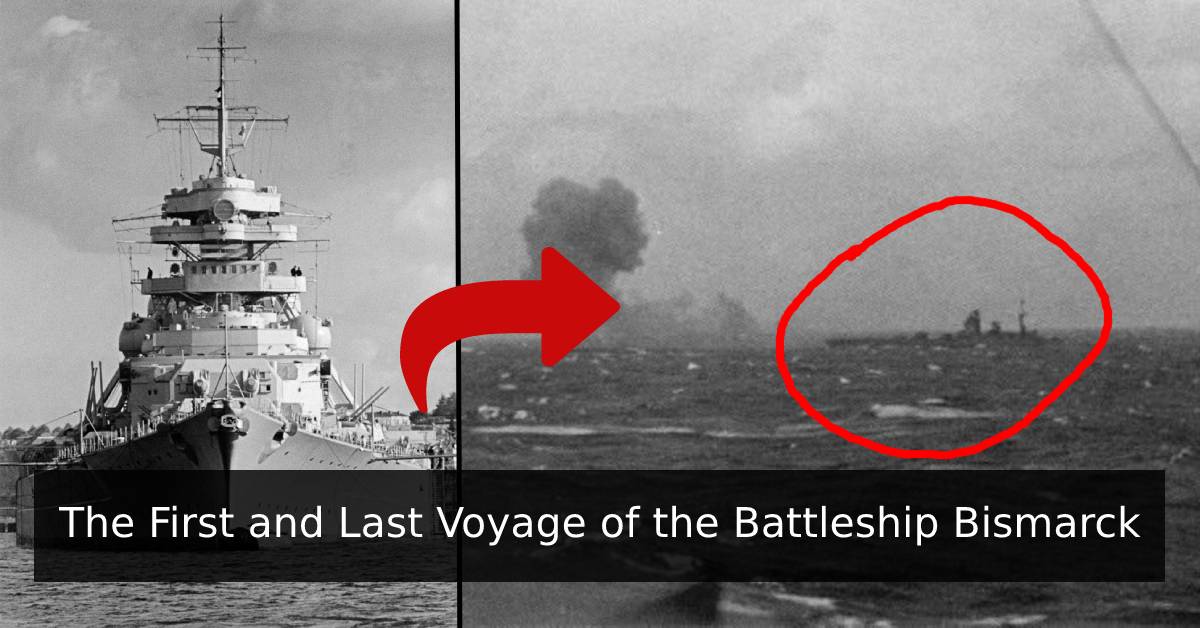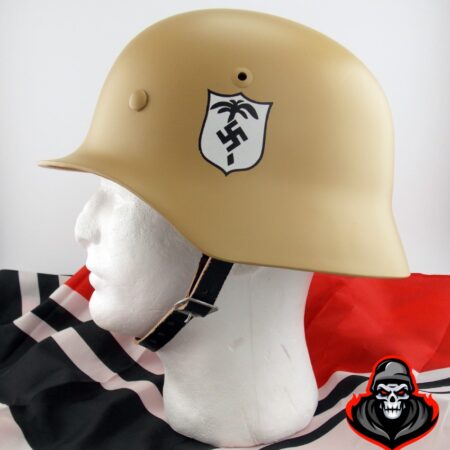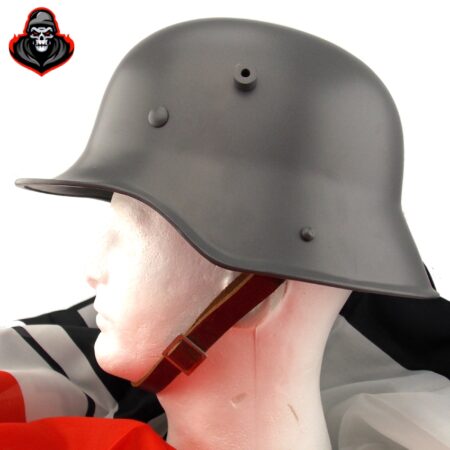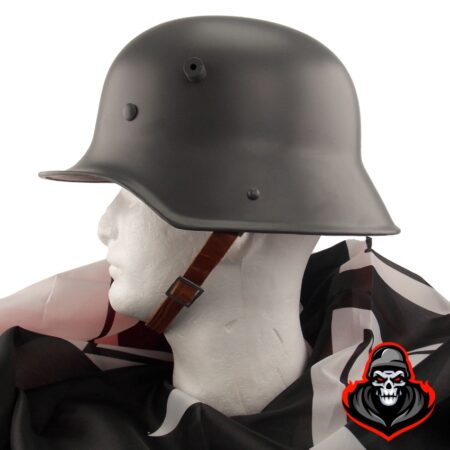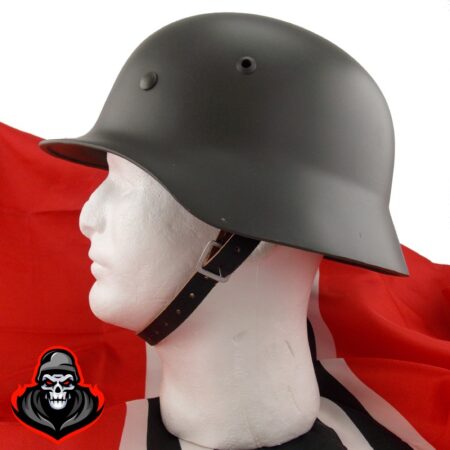Few ships have gained as much notoriety over the years as has the Bismarck, the enormous German battleship which was constructed in the mid-1930s by the Nazis and which ended up at the bottom of the Atlantic Ocean after just one active mission in the early summer of 1941. But mention of the Bismarck usually brings up images of some sort of naval folly, the German military equivalent of the Titanic, the British passenger liner which struck an iceberg off North America on its maiden voyage, or the Vasa, the Swedish flagship which sank after sailing just 1,300 meters out from port on its own first voyage after the lower gun-decks flooded with water. But it would be inaccurate to suggest that the Bismarck’s demise was owing to recklessness on the part of the captain or design flaws in the construction of the ship. Rather the German battleship was brought down because the Royal Navy pursued it relentlessly on its first active mission, Operation Rheinübung.
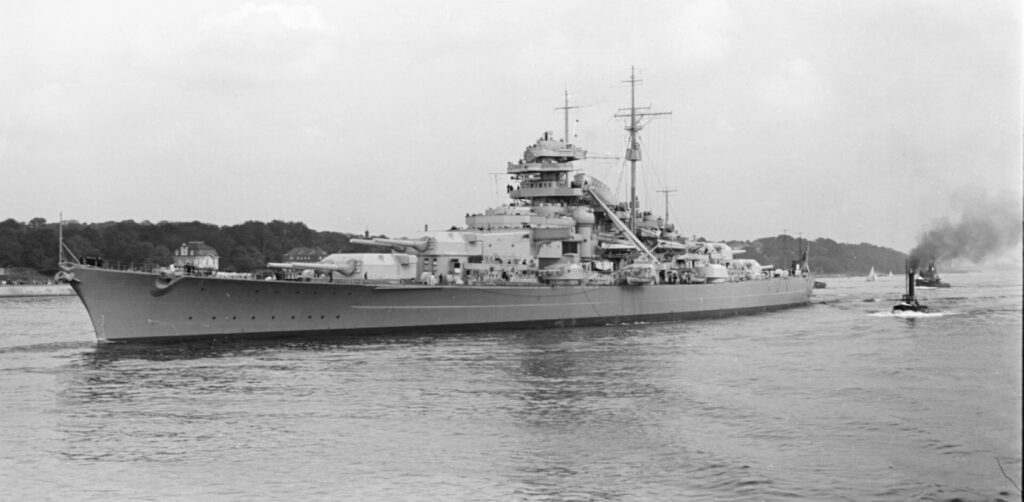
Construction of the Bismarck began in the port of Hamburg in July 1936 in response to the construction by France of their huge battleships of the Richelieu-class. Bismarck was one of two ships of the Bismarck-class, the other being the Tirpitz. Both the class and the ship were named in honor of the Prussian chancellor, Otto von Bismarck, who had united Germany into the German Empire in 1871 and dominated its politics in the 1870s and 1880s. When completed in 1940 the Bismarck displaced 41,700 tones and was 251 meters long. It could travel at a speed of nearly 31 knots and at maximum strength had a crew of 103 officers and 1,962 mariners. Most significantly, the ship was armed with eight 38cm SK C/34 guns arranged in four twin gun turrets, as well as four super-firing turrets, two each at the fore and aft of the ship. Beyond these primary guns the Bismarck had dozens of smaller gun turrets and twelve ant-aircraft guns. Effectively it was a floating fortress and when it was launched it was the most powerful battleship in Europe.
Although the Bismarck was launched on the 24th of August 1940 it did not immediately see service. First there were trials to be undertaken in the Baltic Sea and then poor weather and a sunken ship blocking passage through the Kiel Canal ensured that the ship could not make it back to Hamburg until the spring of 1941. Then the further launching of the Bismarck was delayed again until Tirpitz was finished and Hitler could view both ships together at the port of Gotenhafen in early May 1941. This done the Bismarck was dispatched on Operation Rheinübung, meaning ‘Exercise Rhine’ on the 18th of May 1941 under the commands of Admiral Gunther Lutjens and Captain Ernst Lindemann. It would never return to port.
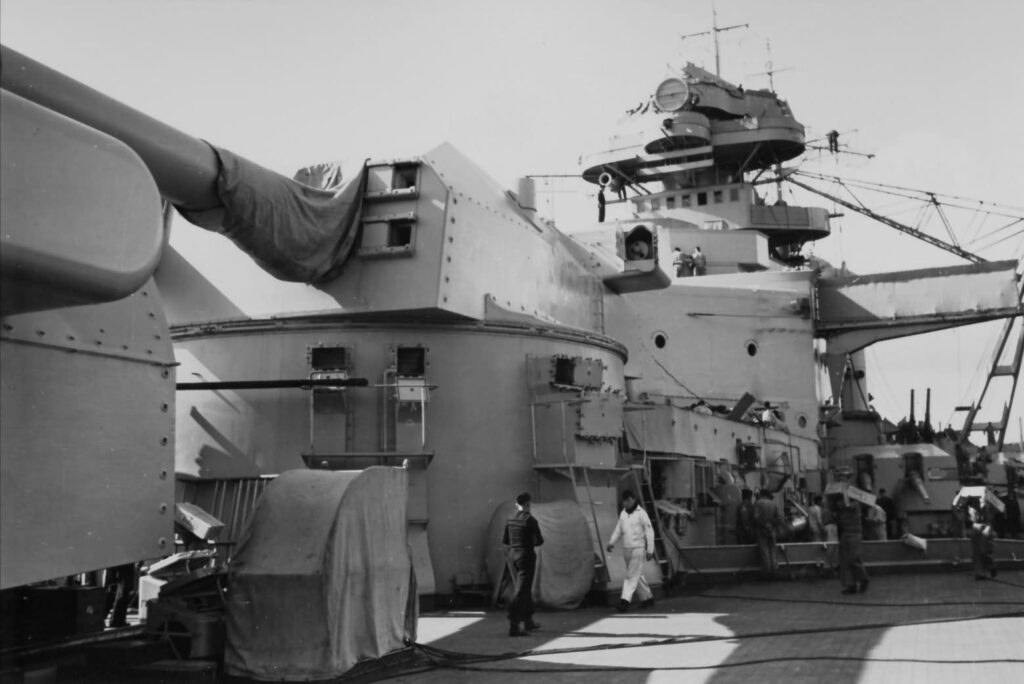
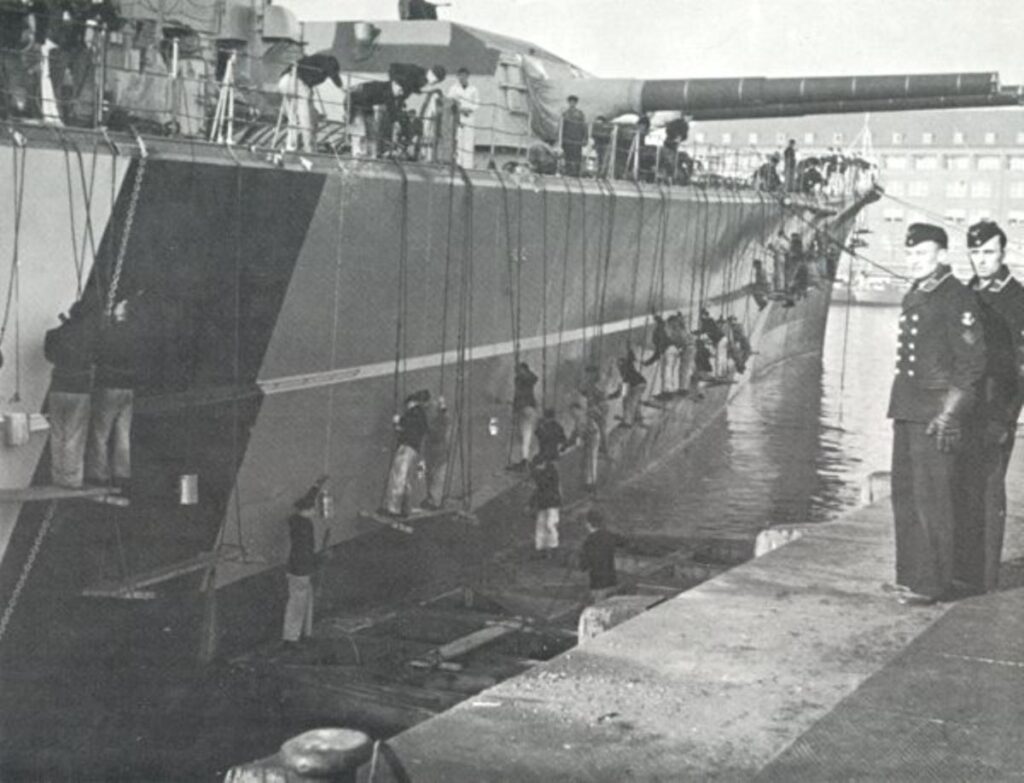
The goal of Operation Rheinübung was for the Bismarck and the Prinz Eugen, a German heavy cruiser, to sail out into the North Atlantic and begin attacking Allied merchant shipping as part of the Battle of the Atlantic, the effort to force Britain to surrender by bombing the country from the sky and cutting off supplies to it from the sea. The two battleships were accompanied by a flotilla of smaller ships including three destroyers, a number of minesweepers, several supply ships and a group of U-boats dispatched to intercept and try and sink any British battleships which might be sent against the Bismarck and the Prinz Eugen. The flagship was, if at all possible, to avoid engagement with major battleships of the Royal Navy. The objective was to destroy as much merchant shipping as possible. However, unbeknownst to the Germans, the British code-breaking team at Bletchley Park in England had intercepted information about an attack in the North Atlantic and had dispatched extra ships and resources there in their determination to destroy the German surface fleet.
The Bismarck and the Prinz Eugen first proceeded to the port of Bergan where the Prinz Eugen refueled but the Bismarck inexplicably did not. They then proceeded out into the wider Atlantic on the evening of the 21st. First they went north towards the Arctic before swinging south-west towards the Denmark Strait which separates Iceland and Greenland. Here on the 24th of May they encountered a large British naval force headed by the battleship HMS Prince of Wales and the battlecruiser HMS Hood. In a short but highly significant exchange of fire in the twenty minutes that followed the Bismarck struck the HMS Hood with a shell and the Royal Navy ship sank in just three minutes. Thereafter the HMS Prince of Wales broke off and fled before it too was sunk. But, while the Battle of the Denmark Strait was theoretically a German victory, the Bismarck had taken damage and its forward fuel tanks were damaged. The loss of fuel from these and the decision not to refuel at Bergen when the Prinz Eugen did now ensured that the Bismarck needed to return to port within a few days. It was decided to continue heading south into the Atlantic and then swing eastwards to make for a port in occupied France.
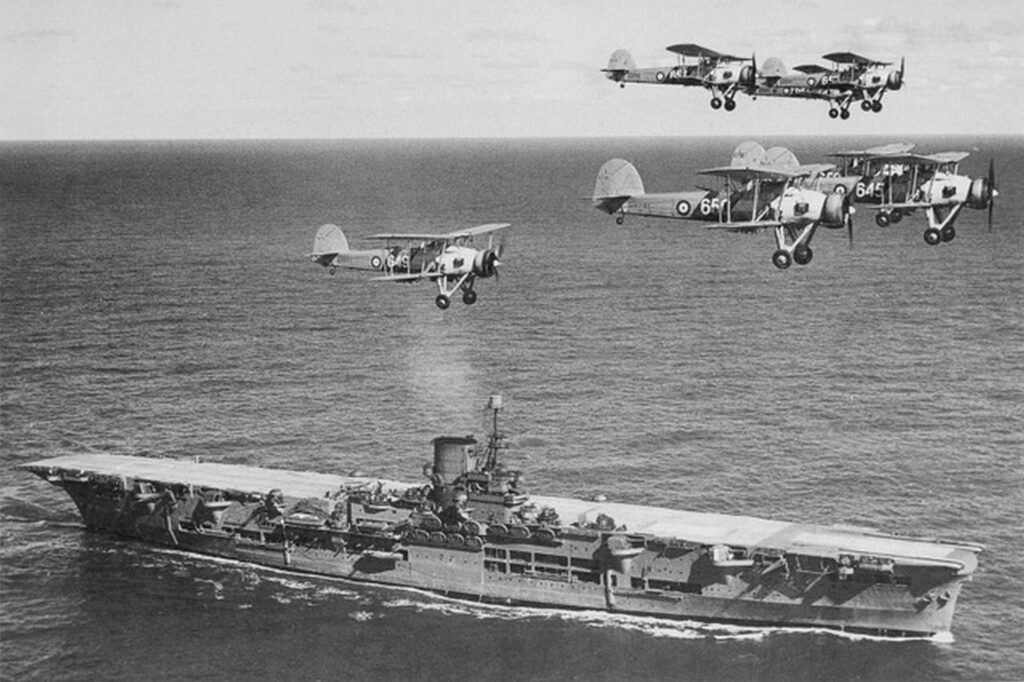
This goal would never be achieved. The British high command was incensed when it learned of the sinking of the HMS Hood and now determined to intercept the Bismarck and the Prinz Eugen. Several battleships including the HMS Ramillies, the King George V, the Rodney, the cruisers, the Norfolk and Suffolk, and the aircraft carrier, the Victorious, were soon in pursuit and the Bismarck was now hampered by having to maintain slow speeds to preserve its remaining fuel. For the next two days these ships loomed close to the German ships, with raids being conducted against the Bismarck by the Swordfish Biplanes launched off of the Victorious. Then, while they lost track of where the Bismarck was on the 25th it was re-spotted by a reconnaissance plane on the morning of the 26th of May. That evening they moved in for the kill.
At roughly 21.00pm on the night of the 26th a sortie of Swordfish Biplanes launched another attack on the Bismarck. A torpedo struck the port side of the ship, jamming the plane’s steering gear. This now caused the ship to circle and sent it in the direction of the approaching King George V and Rodney battleships. By 23.40pm Admiral Lutjens on board the Bismarck had concluded that the situation was hopeless as the ship could not be maneuvered. By then other British destroyers such as the Cossack, Sikh, Maori and Zulu had reached the scene. However, even now the British took a cautious approach, conscious of the Bismarck’s massive firepower. As such they hovered around the German battleship as a gale force wind blew through their location in the North Atlantic on the morning of the 27th of May. Occasional exchanges of fire either damaged the Bismarck’s turrets or created fires which soon put their guns out of action. With the situation hopeless, the decision was taken at around 10.00am to abandon the Bismarck and scuttle it before doing so. As it started to go down the British cruiser, the Dorsetshire delivered the final torpedo hit on the Bismarck. The ship sank around 10.40am.

In the hours that followed 111 Germans were rescued from the waters of the Atlantic by the British Royal Navy ships. An effort was made to send a U-boat division through the region by the Germans to search for survivors, but none appear to have been located. Thus, the crew of the Bismarck, which was slightly over the standard crew of 2,065, were nearly all lost in the hours following the sinking of the ship. The 111 German POWs spent the remainder of the war imprisoned. In Britain news of the sinking of the Bismarck, the flagship of the German Kriegsmarine, on its maiden voyage was greatly celebrated as a turning point in the Battle of the Atlantic.
